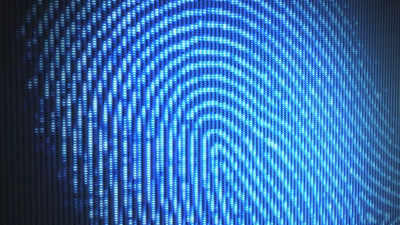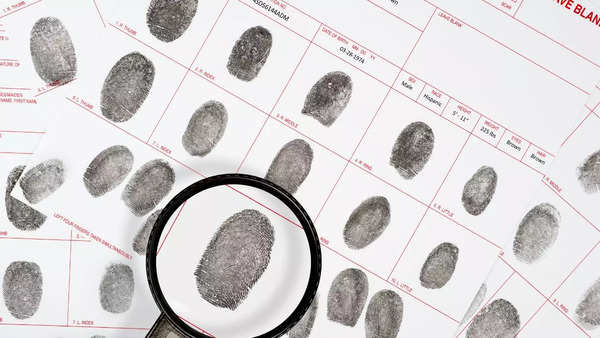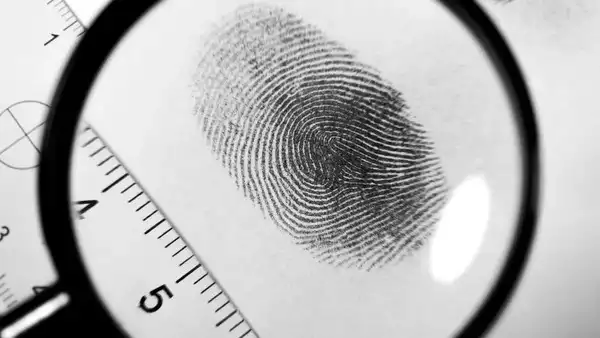Welcome To Latest IND >> Fastest World News
Fingerprints are widely recognized as one of the most reliable methods of authentication, used by individuals, organizations, and governments across the globe. From unlocking smartphones to securing high-security facilities, fingerprints have become an integral part of
identity verification
systems. Their application spans various fields, including law enforcement, forensic investigations, and biometric authentication in everyday life. In this article we will explore why fingerprints are unique to each individual.
The uniqueness of fingerprints is a universally known fact, but have you ever wondered why it is so? A new study published in the journal ‘Cell’ claims to have solved the mystery. It turns out that the formation of our
unique fingerprints
follows the same biological patterning process that creates stripes on zebras and spots on leopards. It has been believed that fingerprints evolved because they improve our ability to grip onto or feel the texture of objects, but how the actual mechanism had remained a puzzle.
To establish a conclusive solution, the team of researchers studied the formation of these patterns in fetal mice and studied the genetics behind their development. The team found a phenomenon known as a
Turing reaction-diffusion system
, being responsible for the unique fingerprints. This development process was first proposed by Alan Turing in 1950 to explain why leaves grow in unique arrangements. He explained that there are two contradictory forces at play in a developing system- one that supports the cell growth and the other that prevents the growth. This resulted in creation of ridges, which led to unique formations, such as stripes on a zebra or whorls on fingertips.
The scientists of this study noticed this phenomenon happening in fetal mice (and human cells in a petri dish). They saw that the ridges formed in three distinct areas of the fingertip: the tip, the center, and near the top knuckle. As different groups of cells interacted with each other based on their position, intricate whorl patterns began to emerge. The fingerprints, hence, are formed by the random placement of the fingers in the womb as the cells push against one another to form ridges. Which is why, even identical twins have different sets of fingerprints.
Latest IND




